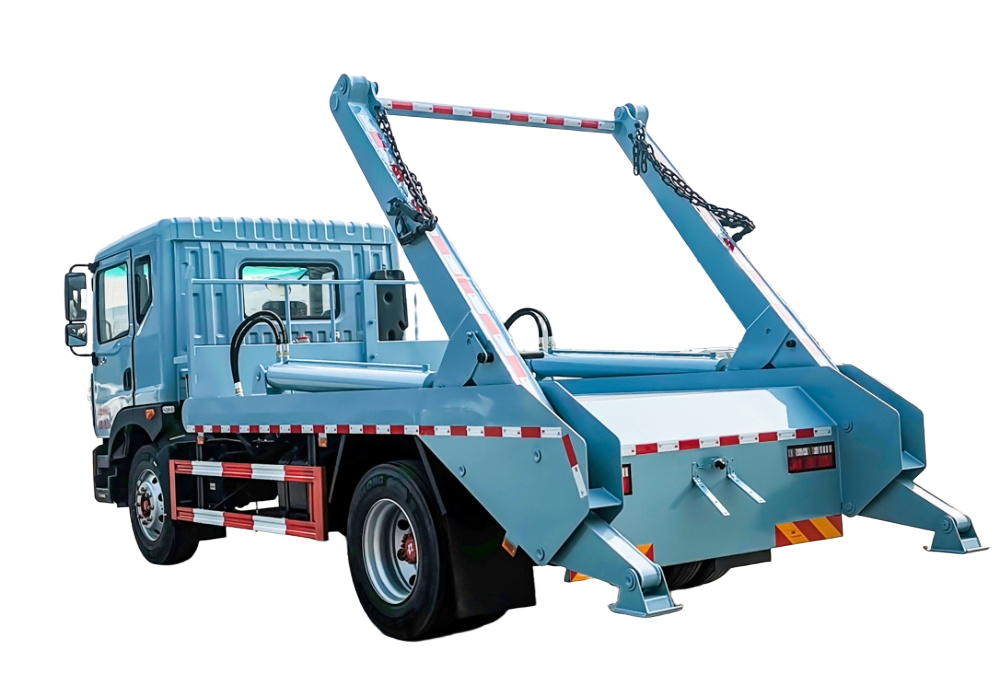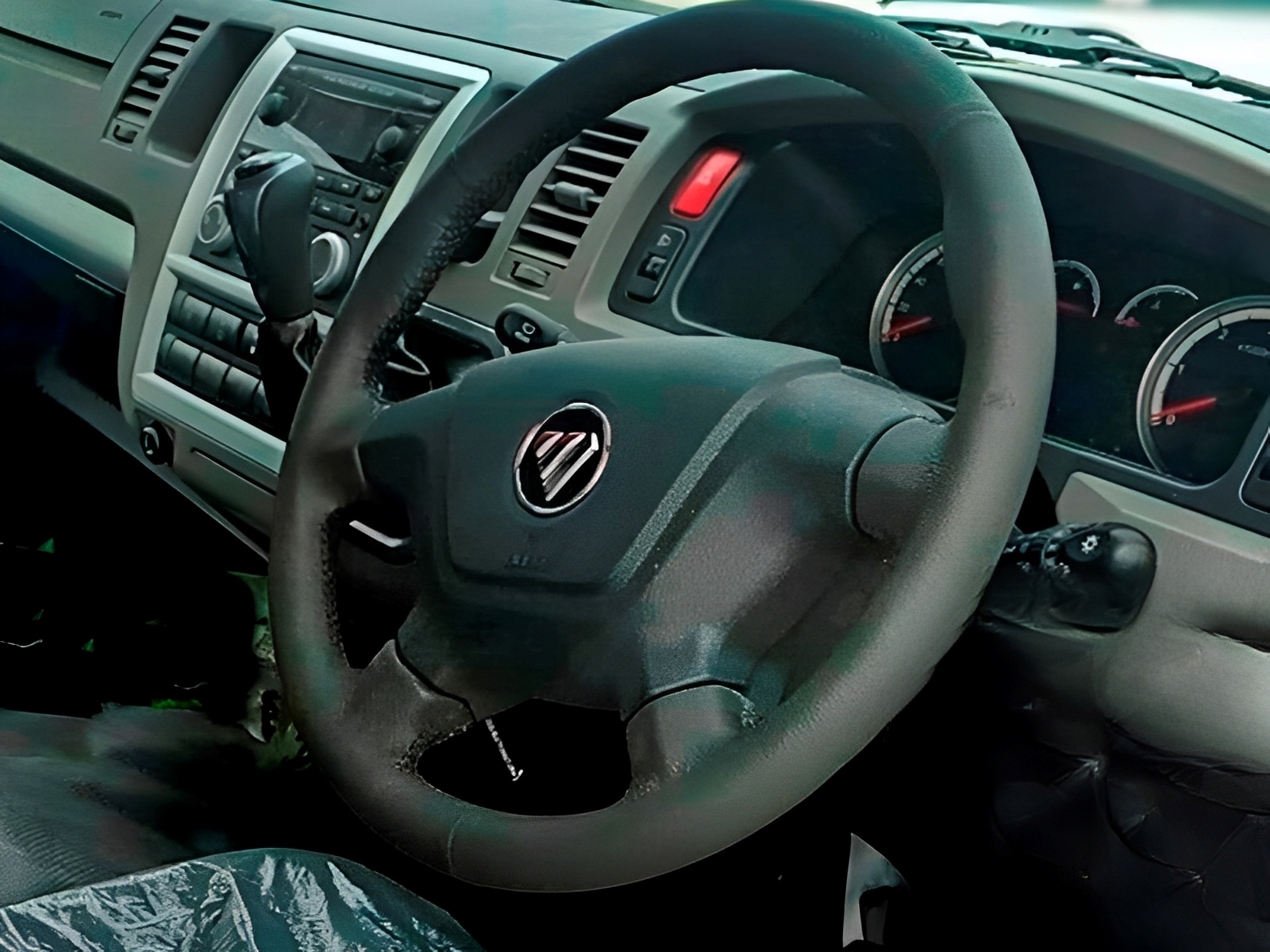Voice vs Touch Interface Control: How to Choose the Right Human-Machine Interaction for Special Vehicle Operations
Voice versus touch interface control represents emerging human-machine interaction decisions for special vehicle operation efficiency, yet selecting optimal interface technology demands careful evaluation of 6 critical factors. This comprehensive comparison analyzes operational safety, response accuracy, environmental compatibility, learning curve, accessibility features, and cost implications across diverse interface technologies.
While both approaches deliver control capability, voice interfaces excel in hands-free operation and safety enhancement, whereas touch systems dominate in precision control and visual feedback. We examine decisive trade-offs—from ambient noise challenges to tactile precision—using operational data from 300+ interface implementations across various working environments.
Whether prioritizing voice convenience or touch precision, our interface technology analysis equips you to select the optimal interaction strategy. As China’s leading special vehicle manufacturer with extensive interface integration experience, Chengli Group provides uniquely qualified insights into human-machine interface optimization and operator experience design.
Operational Safety and Hands-Free Performance
Interface selection fundamentally impacts operator safety, attention management, and operational effectiveness across diverse working environments and safety-critical applications.
Voice Interface Safety Advantages
Voice control enables hands-free operation and enhanced safety through audio-based interaction achieving operational excellence while maintaining visual attention on critical tasks.
Safety Benefits: Voice interfaces eliminate manual interaction requirements and enhance operational safety. Key advantages include:
- Hands-free operation: Complete vehicle control without manual interface interaction
- Visual attention preservation: Operators maintaining focus on operational environment
- Multitasking capability: Simultaneous equipment control and environmental monitoring
- Emergency response: Rapid voice commands during crisis situations
Safety Enhancement: Voice interfaces achieve safety enhancement through hands-free operation and preserved situational awareness.
Touch Interface Precision Control
Touch interfaces provide precise tactile control and immediate visual feedback achieving operational accuracy through direct manipulation and visual confirmation.
Control Benefits: Touch systems deliver precise control and immediate feedback. Precision advantages include:
- Tactile feedback: Physical interaction providing operational confirmation
- Visual precision: Exact control positioning and selection accuracy
- Multi-point control: Simultaneous multiple parameter adjustment capability
- Error reduction: Visual confirmation reducing operational mistakes
Precision Excellence: Touch interfaces achieve precision excellence through tactile feedback and visual confirmation systems.
Response Accuracy and Environmental Adaptation
Voice Recognition Accuracy
Voice interfaces depend on speech recognition accuracy and environmental noise management achieving operational reliability through advanced recognition technology.
Accuracy Factors:
- Recognition technology: Advanced speech processing and natural language understanding
- Environmental noise: Background noise affecting recognition accuracy
- Accent adaptation: Multi-language and accent recognition capability
- Command vocabulary: Standardized commands and natural language processing
Recognition Optimization: Voice interfaces require optimization for environmental conditions and operator speech patterns.
Touch Interface Environmental Resilience
Touch systems provide consistent operation across environmental conditions achieving reliability through physical interface design and environmental protection.
Resilience Benefits:
- Environmental tolerance: Operation across temperature and humidity ranges
- Contamination resistance: Interface functionality despite dust and moisture
- Glove compatibility: Operation with protective equipment and work gloves
- Durability design: Robust construction for demanding operational environments
Environmental Excellence: Touch interfaces achieve environmental excellence through robust design and contamination resistance.
Learning Curve and Operator Training
Voice Interface Natural Interaction
Voice control utilizes natural speech patterns and intuitive commands achieving rapid operator adoption through familiar interaction methods.
Learning Benefits:
- Natural commands: Intuitive voice commands and conversational interaction
- Minimal training: Reduced training requirements through natural speech
- Universal accessibility: Operation regardless of technical expertise level
- Language flexibility: Multi-language support and natural speech patterns
Training Efficiency: Voice interfaces achieve training efficiency through natural interaction and intuitive command structures.
Touch Interface Visual Learning
Touch systems provide visual learning and guided interaction achieving operator competency through visual interface design and guided workflows.
Learning Advantages:
- Visual guidance: Interface layout and visual cues supporting learning
- Progressive disclosure: Complexity management through layered interface design
- Muscle memory: Tactile learning and repetitive operation patterns
- Error prevention: Visual confirmation and guided operation procedures
Visual Excellence: Touch interfaces achieve learning excellence through visual design and guided operator interaction.
Accessibility and Inclusive Design
Voice Interface Universal Access
Voice control provides universal accessibility and inclusive operation achieving broader operator capability through audio-based interaction.
Accessibility Benefits:
- Visual impairment support: Audio interaction for operators with visual limitations
- Physical limitation accommodation: Operation without fine motor control requirements
- Multilingual support: Natural language processing across multiple languages
- Cognitive assistance: Voice prompts and audio feedback supporting operation
Inclusive Excellence: Voice interfaces achieve inclusive excellence through universal accessibility and diverse operator support.
Touch Interface Adaptive Design
Touch systems provide adaptive interface design and customizable operation achieving accessibility through flexible interface configuration.
Adaptive Features:
- Interface customization: Adjustable layouts and control size adaptation
- Force sensitivity: Variable touch pressure and tactile response
- Visual enhancement: High contrast and large text options
- Gesture recognition: Alternative interaction methods and gesture control
Adaptive Excellence: Touch interfaces achieve adaptive excellence through customizable design and flexible interaction options.
Environmental Compatibility and Operational Conditions
Voice Interface Noise Challenges
Voice control faces challenges in high-noise environments while providing solutions through advanced noise cancellation and signal processing.
Environmental Factors:
- Noise cancellation: Advanced signal processing and noise reduction technology
- Microphone placement: Strategic positioning for optimal voice capture
- Command adaptation: Loud voice commands and simplified vocabulary
- Backup systems: Alternative control methods during high-noise conditions
Noise Management: Voice interfaces require comprehensive noise management and environmental adaptation strategies.
Touch Interface Environmental Durability
Touch systems provide consistent operation across diverse environmental conditions achieving reliability through environmental protection and robust design.
Durability Benefits:
- Temperature tolerance: Operation across extreme temperature ranges
- Moisture protection: Sealed interfaces and water-resistant design
- Vibration resistance: Stable operation during vehicle movement and vibration
- Chemical resistance: Protection against cleaning agents and contaminants
Environmental Excellence: Touch interfaces achieve environmental excellence through robust design and comprehensive protection.
Cost Analysis and Implementation Investment
Voice Interface Technology Investment
Voice systems require investment in advanced recognition technology and processing capability achieving functionality through sophisticated software and hardware integration.
Investment Components:
- Recognition technology: Advanced speech processing and AI capability
- Processing power: Computational requirements for real-time voice analysis
- Microphone systems: High-quality audio capture and noise cancellation
- Software development: Custom voice command programming and integration
Technology Investment: Voice interfaces require significant technology investment for optimal performance and reliability.
Touch Interface Implementation Efficiency
Touch systems provide cost-effective implementation through established technology and simplified integration achieving functionality through proven interface design.
Cost Advantages:
- Proven technology: Established touch interface technology and components
- Standard integration: Simplified implementation and system integration
- Manufacturing efficiency: Volume production and standardized components
- Maintenance simplicity: Straightforward service and component replacement
Implementation Efficiency: Touch interfaces achieve cost efficiency through proven technology and simplified implementation.
Decision Framework: Choosing Your Optimal Interface Strategy
Voice Interface: Ideal Applications
Best suited for operations prioritizing:
- Hands-free operation and enhanced safety
- Natural interaction and minimal training requirements
- Accessibility support and inclusive design
- Multitasking capability and attention management
Optimal scenarios include:
- Safety-critical operations requiring visual attention preservation
- Emergency response vehicles needing rapid command execution
- Accessibility-focused applications supporting diverse operators
- High-workload environments requiring multitasking capability
Touch Interface: Strategic Advantages
Preferred for operations emphasizing:
- Precision control and tactical feedback
- Environmental durability and consistent operation
- Visual confirmation and error prevention
- Cost-effective implementation and proven reliability
Ideal applications include:
- Precision-critical operations requiring accurate control
- Harsh environmental conditions demanding interface durability
- Complex control scenarios requiring visual feedback
- Cost-sensitive applications prioritizing proven technology
Performance Benchmarking and User Experience Analysis
Voice Interface Performance:
- Recognition accuracy: 95-99% in optimal conditions, 85-95% in noisy environments
- Response time: 200-500 milliseconds average command processing
- Training time: 30-60 minutes for basic command proficiency
- Safety improvement: 25-40% reduction in operator distraction incidents
Touch Interface Performance:
- Precision accuracy: 99%+ positioning accuracy and selection reliability
- Response time: <50 milliseconds immediate tactile feedback
- Training time: 2-4 hours for complex interface proficiency
- Environmental tolerance: -20°C to +70°C operation with 95% humidity resistance
Ultimately, voice interfaces excel for safety-critical applications requiring hands-free operation and natural interaction, while touch systems serve precision-critical applications requiring tactical feedback and environmental durability. Your ideal choice depends on whether operational safety and natural interaction (voice) or precision control and environmental resilience (touch) aligns with application requirements and operational priorities.






